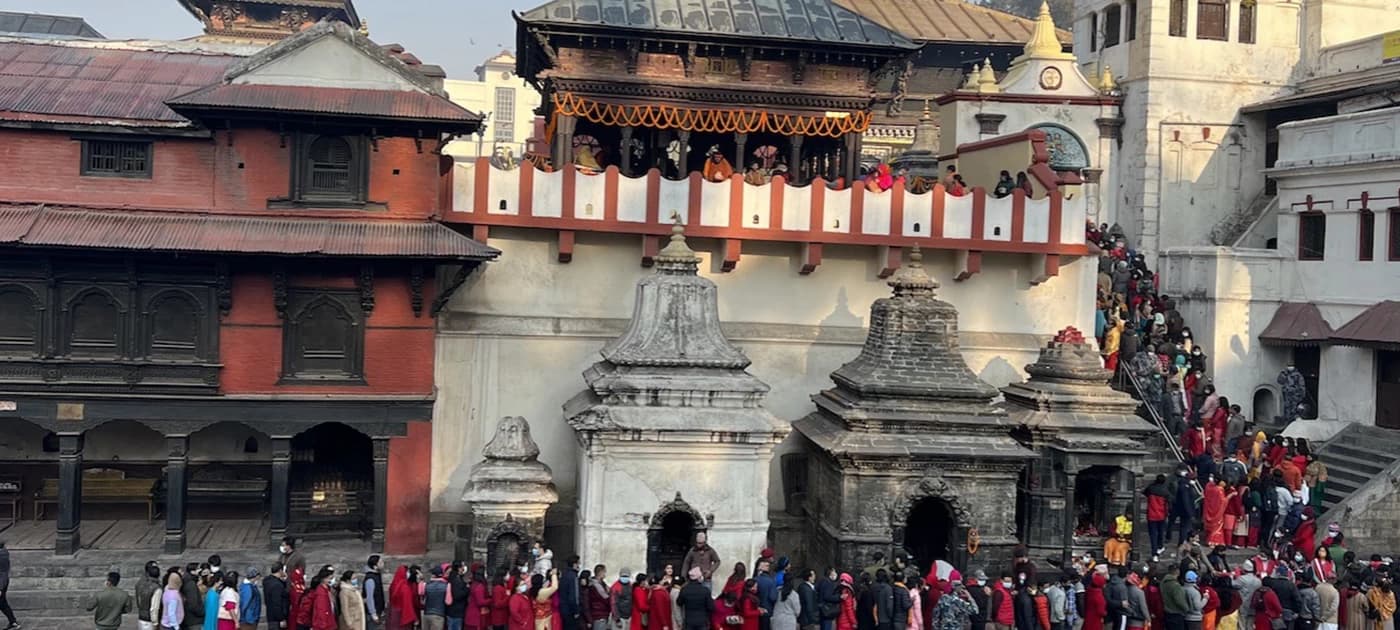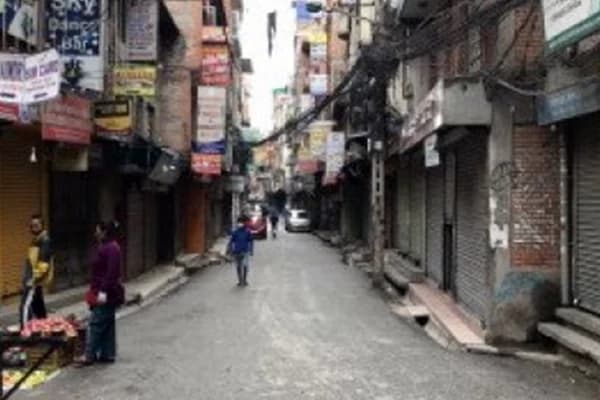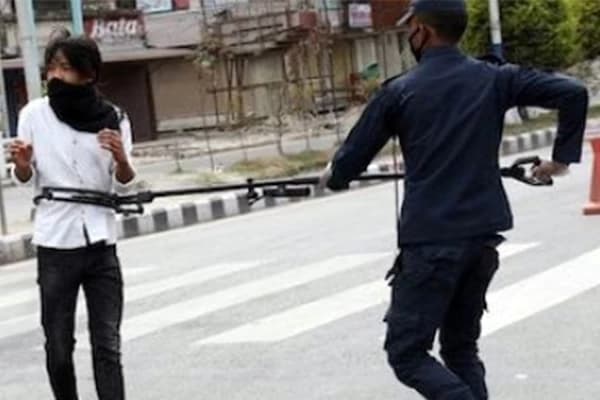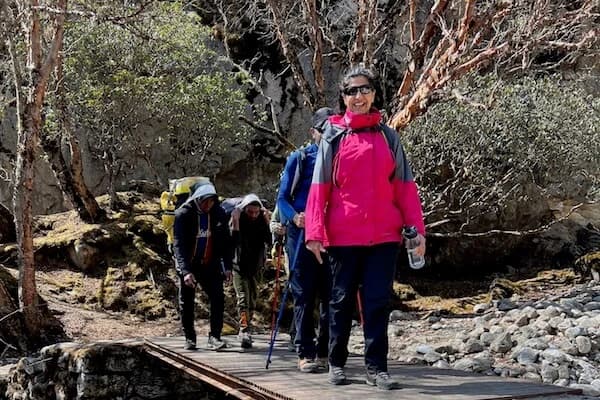Shivaratri Festival is one of the major festivals for the Hindus living across the globe. The total population of Hindus worldwide is estimated 1.2 billion occupying 15% of world population. As the name suggests, ‘Shivaratri’ is the holy term made of two parts: ‘shiva’ and ‘ratri’. ‘Shiva’ means Lord Shiva while ‘ratri’ means night and as a whole Shivaratri means “the night of Lord Shiva.”
Shivaratri Festival
Shivaratri Festival is celebrated in Nepal, India, Pakistan, and other countries resided by the Hindus. Generally, this festival falls in the Nepali month Falgun (between March and April) every year. Shivaratri date 2021 is on Falgun 27 or March 11, Thursday. Unlike other festivals which are celebrated in the day time, this festival is marked at night. People believe that Shiva Shakti is most prominent at this time of the day.
Why is Shivaratri Celebrated?
There are various answers to the question: Why is Shivaratri celebrated? However, a couple of legends are universally accepted amongst the Hindus. Shivaratri Fesitval is also called Maha Shivaratri in other term.
One of the legends says that it is observed to commemorate the convergence of Shiva and Shakti. The followers believe that by worshipping Lord Shiva on this particular night blesses them with the power of that of Lord Shiva.
According to another legend, Shivaratri Festival marks the specific dance form performed by Lord Shiva. It is said that Shiva performed the Rudra Tandava Nritya to express grief and anger of his first wife’s death. His first wife, Satidevi jumped into the sacrificial fire in the Daksha’s Yajna.
Different organizations conduct Shivaratri Festival individually or collectively around the Shiva temples. They distribute special food items on this day in a belief that food distribution to the pilgrims ensures salvation from sins if any.
Children dress in Shiva and Parvati costumes and act different dramas in the streets or schools. Annual celebrations are performed in various places of Nepal, India, and Pakistan.
Various organizations and social activists including helping hands visit orphanages and old-age homes. They provide the children and senior citizens with food and clothes on this day.
Major Shrines Where Shivaratri Festival is Celebrated:
Shivaratri Festival is celebrated in most of the Shiva temples located in Nepal. As this festival is dedicated to Lord Shiva, thousands of pilgrims and visitors flock to these shrines to offer their homage. From early in the morning, the pilgrims gather into the shrines and start doing the rituals.
Among the major shrines where Shivaratri Festival is celebrated is Pashupatinath Temple located in the Kathmandu Valley. One of the ten UNESCO World Heritage Sites of Nepal, Pashupatinath Temple is the most sacred and prominent shrine of Lord Shiva.
Although thousands of national and international tourists visit this temple, it is special on Shivaratri. Sadhus and sages from all over the world visit Pashupatinath Temple on this occasion. The Pashupati Area Development Trust (PADT) in coordination with other local organizations makes the necessary arrangements for marking Shivaratri.
The Sadhus and sages from all over the world are invited to visit Pashupatinath Temple on this occasion. The PADT bears all the expenses including allowances and token of love to the Sadhus who are the beauties of this festival. The pilgrims visiting Pashupatinath Temple receive blessings from these saints and Sadhus.
Another prominent shrine where Shivaratri is celebrated is Kailash Nathmahadev Temple. It is located between Bhaktapur and Kavre districts at Sanga. The beauty of this is the tallest statue of Mahadev with 144 ft/44m height.
Located just 20 km eastward from Thamel, Kathmandu, the Kailashnath Mahadev Statue is made of copper, zinc, steel, and concrete. Once you reach the shrine, you feel as if you were in Mount Kailash Yatra!
Rituals of Shivaratri Festival
Rituals of Shivaratri Festival begin from the early morning before the dawn. According to the Hindu mythology, if a woman takes a fast and worships Lord Shiva, she gets a husband like Lord Shiva Himself. Therefore, it is one of the main festivals for the Hindu women and girls.
Before dawn, they go to the lakes, ponds, and rivers nearby the Shiva temples to take holy bath. It is believed that taking bath in such holy water cleanses one’s soul and mind. After taking bath, they offer water to the sun, Lord Vishnu, and Lord Shiva as a respect.
Then, they visit the main temples to worship the deity with pure soul and mind. Worshipping Lord Shiva in such pure way is to attain salvation from sins, peace, and prosperity in life. As the number of pilgrims is comparatively large, the visitors stay in a queue waiting for their turn.
The Hindu devotees circumambulate the main shrine and the Shiva Linga for three times at the least. It is believed that the more the circumambulation, the more the blessings from Lord Shiva! They even offer milk or holy water to the Shiva Linga and ask for Lord Shiva’s blessings.
Shiva Linga Bathing Rituals
One of the main rituals is Shiva Linga Bathing. As per the Hindu mythology, Shiva Linga is the emblem of creation and continuation of life in the universe. Thus, the women devotees offer special worship to Lord Shiva by keeping fasts.
A sweet concoction called Panchamrit made of honey, Holy Basil, cow milk, yogurt, and ghee is often used to bath the Shiva Linga. They also prepare special ingredients as naibedhya (mixture of fruits) to offer to the lord and other people as well.
The offerings contain Bel Patra (Bael leaves), Vermillion paste, incense and lamp, food items containing fruits. By legend, hemp or marijuana must be offered compulsorily to Lord Shiva as it is His Holy Blessing to the devotees.
Night Rituals of Shivaratri Festival
Night rituals of Shivaratri Festival is the most fascinating part of the day. The Sadhus and Hindus celebrate this day by doing some special rites and rituals to please Lord Shiva. They chant “Om Namah Shivay” and ‘Mahamrintunjaya” mantras during the day. People make bonfire in Shiva temples located in their colonies or some parks and stay wake up whole night.
They prepare special drinks or halwa (porridge-like food) by mixing a limited portion of hemp or marijuana. It is said that at Shivaratri, consumption of hemp or marijuana is compulsory because it is the offering of Lord Shiva Himself.
The devotees circle round the bonfire and sign chanting and mantras in an attempt to please Lord Shiva. Nowadays, the youngsters also organize campfires in different parts of the country. Campfire at Thamel is a must-experience activity on Shivaratri Festival.






